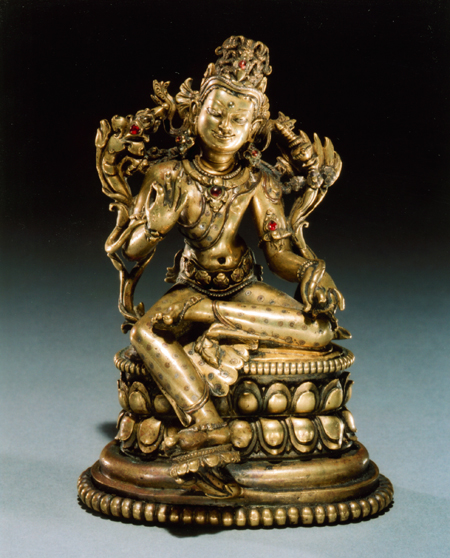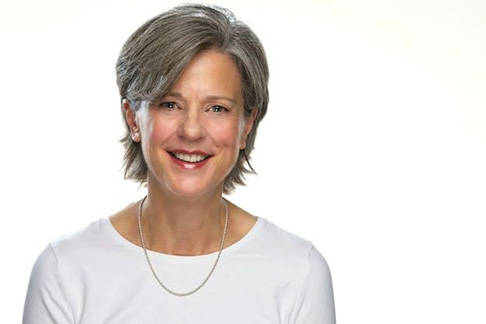
A meditation session led by Tracy Cochran.
For centuries Himalayan practitioners have used meditation to quiet the mind, open the heart, calm the nervous system, and increase focus. Mindfulness meditation offers both a refuge from the world around us, and an opportunity to engage with it more consciously.
Whether you’re a beginner, a dabbler, or a skilled meditator seeking the company of others, join expert teachers in a forty-five-minute weekly program. Each session is inspired by a different work of art from the Rubin Museum’s collection. Designed to fit into your lunch break, the program includes an opening talk, a twenty-minute sitting session, and a closing discussion. Chairs will be provided.
Presented in partnership with Sharon Salzberg and the New York Insight Meditation Center. This program is supported in part by the Hemera Foundation.

RELATED ARTWORK

Theme: Love
Sitting in the pose of royal ease, this 12th-century sculpture of Maitreya is a rare and exceptional example of northeastern Indian Buddhist sculpture. A stupa appears over his right shoulder, a common feature of his iconography. Driven by his deeply rooted love and compassion for all beings, Maitreya waits in Tushita heaven until the lessons of Buddha Shakyamuni have been forgotten so that he can come down to teach them once more.The legend of Maitreya speaks to the universal doctrines that Buddhism expounds and how they are meant for all times and all people.
About the Speaker

